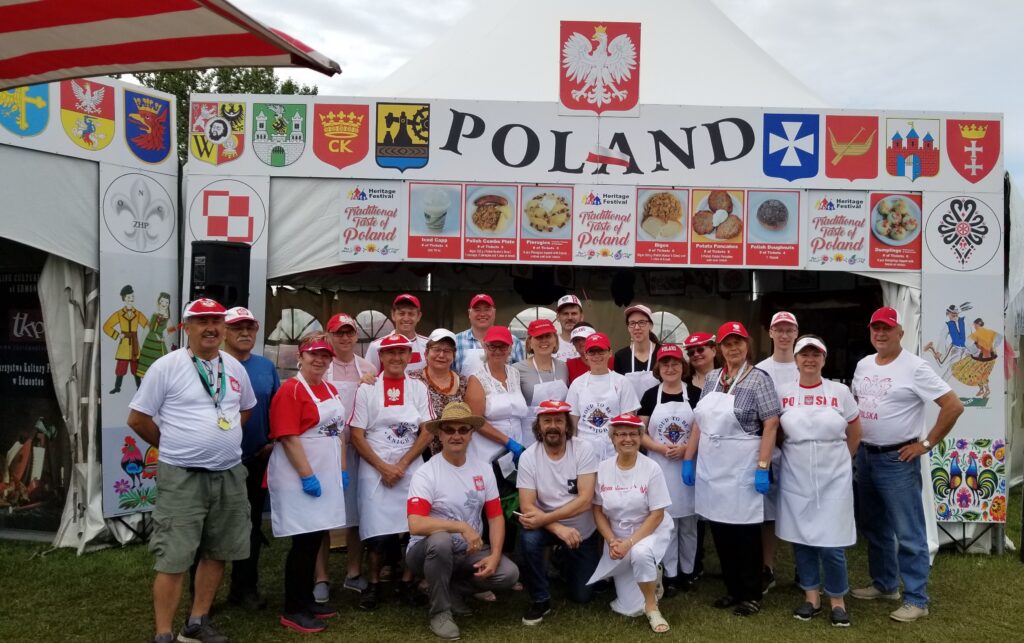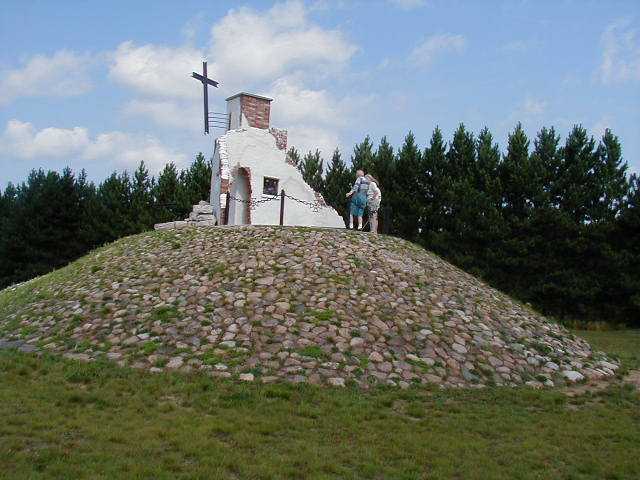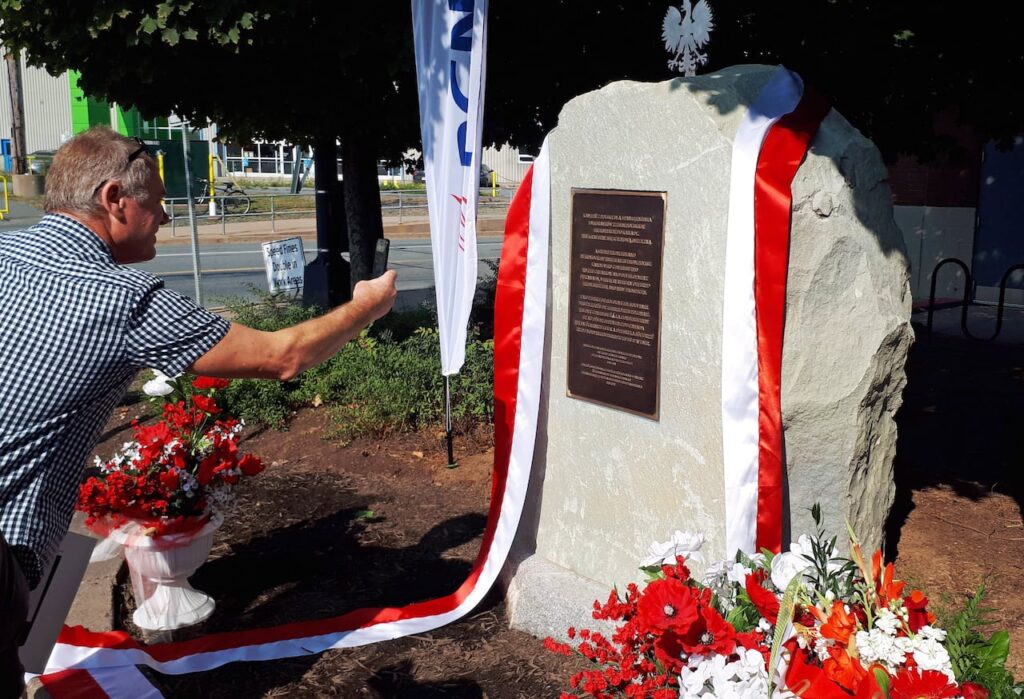
September 12, 2022
Polish traces in the world – Canada
Canada is a multicultural country. Multiculturalism offers a chance for different ethnic groups to contribute to Canadian culture. The value of the culture created by the Polish diaspora during the two and a half centuries of its settlement in this country is indisputable, it inspires recognition and respect.
The beginnings
On July 1, 1867, the act of unifying the three British colonies in North America came into force. This event marks the beginning of Canadian statehood. Waves of immigrants poured into Canada throughout the 19th and 20th centuries. Initially, the emigration from Poland was not of mass character and few people came to Canada. The first recorded Polish immigrant to Canada was Andrzej Wilk, son of a Gdańsk merchant, who sailed to Québec in 1686 on board the ship “La Minerve”. In the chronicles from 1752 there is a record that in that year, in Montreal, Dominik Barcz got married. A lot of data indicates that he was the first Pole to settle permanently in Canada. Until the end of the Seven Years’ War, there is no permanent presence of Poles in today’s Canada.
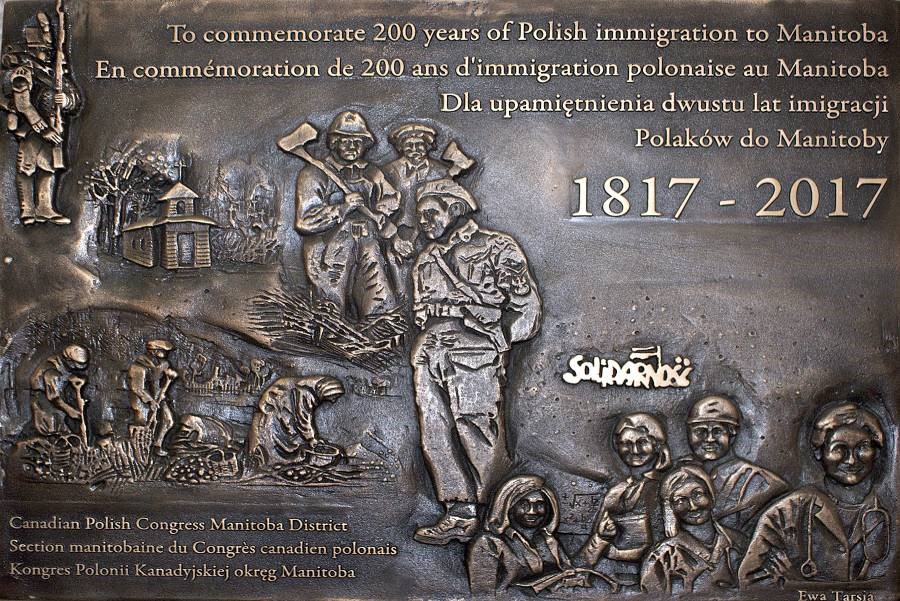
In the notes from that period, we find several Polish surnames, including:
- 1759 – Karol Błaszkiewicz, cartographer who settled in Newfoundland;
- 1775 – August F. Globensky, surgeon and founder of the pharmacy;
- 1867 – Aleksander Edward Kierzkowski, the first Polish member of the Canadian Parliament, an engineer who managed many works in Lower Canada.
The real story of Poles in today’s Canada begins after the fall of the November Uprising, when the emigrant engineer Kazimierz Gzowski supervised the construction of a railway bridge over the Niagara River. Kazimierz Gzowski, engineer, road and bridge builder, attorney and teacher who performed many functions in Canadian social life. He was born in 1813 in St. Petersburg, he graduated from the school of engineers in Kamieniec Podolski. After the fall of the November Uprising, in which he participated alongside his father, and two years of internment, in 1834 he found himself on board a ship bound for New York. In 1846, Gzowski became a citizen of Canada, where he lived from 1841, employed by the Canadian government in the Department of Roads and Bridges. In the 1850s, Gzowski was in charge of the construction of the first international railroad connecting Canada and the United States. His most famous achievement, however, is the bridge over the Niagara River, connecting Fort Erie in Canada with the city of Buffalo in the USA. Gzowski also owes Niagara to the creation of a beautiful park above the waterfall, which today bears his name. Gzowski was a representative of the first wave of immigrants for whom assimilation in the new environment was the easiest. He was also Lieutenant Governor of Ontario and was knighted by Queen Victoria. In 1968, he was erected a monument on the shores of Lake Ontario in Toronto in the park named after him. It was an initiative of the Committee of Engineers, Merchants and Industrialists and Stanisław Haidasz, later senator, then a Member of Parliament.
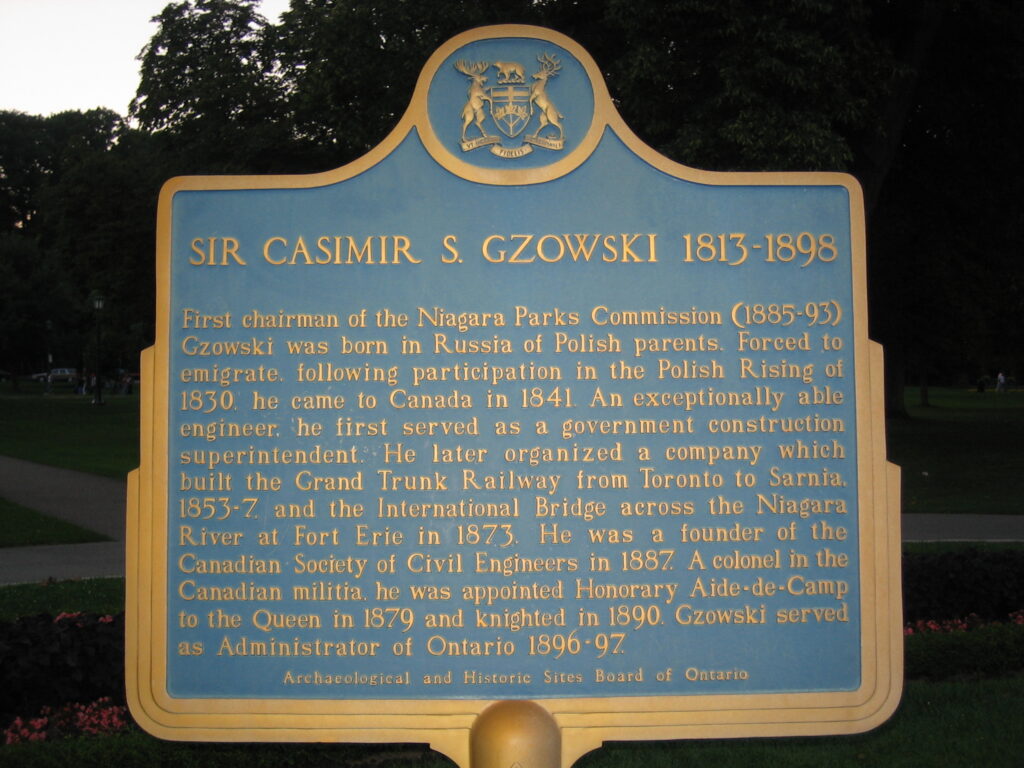
Development of emigration
Emigration took place in four great waves, each of them unique in nature, both in terms of numbers and the dominant type of population that each wave brought with it.
First wave
The first one began at the end of the 18th century and was caused by the fall of free Poland, partitions and subsequent uprisings, as a result of which political refugees began to leave the country. They were usually people with open, enlightened minds, which made the assimilation process easier. At the end of the 19th century, as the Canadian borders were opened to emigrants from Central and Eastern Europe, there was a massive influx of Poles from all partitions. They were mostly peasants, very often without any education and literally penniless. Most of them went to farms, some found jobs in railroad construction, and some gave up pioneering and looked for jobs in eastern coastal cities. Already in 1886 in Berlin Ontario (later Kitchener), the Polish Society of Self-Help of St. Józefa, the first known Polish organization in Canada. Until 1941, however, Polish settlements concentrated mainly on farms in the central part of the country.
Second wave
By the end of the 1850s, 16 Kashubian families, 77 people in total, had reached Renfrew County in the Ottawa Valley, Ontario Province. Soon, along with the influx of other Kashubian settlers, a unique Polish enclave, known to this day as Kashubia, was created, located around the cities of Vilnius and Barry’s Bay. Contrary to the immigrants of the Gzowski generation, these Polish pioneers did not strive for complete integration with their new homeland, rather trying to transfer Polish customs to Canadian soil. During this period, the number of Poles in Canada increased from 6,000. in 1901 to 61,578 in 1938 and 167,485 in 1941. Contrary to the first wave of emigration, this one was mainly economic.
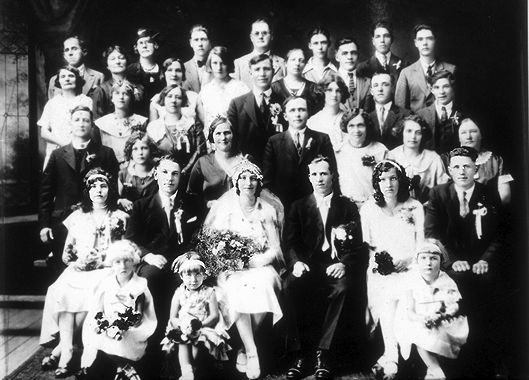
Third wave
The period of the arrival of the Third Great Wave falls in the years after World War II and dates back to the late 1960s. In the years 1946-56, over 60,000 people came to Canada. Poles, mostly soldiers of Polish units fighting in the West. This emigration was again mainly political and included people of various professions and social status.
Fourth wave
The last wave of immigration, which began in the early 1980s and continues to this day, changed the image of the Polish diaspora. Poles coming to Canada in the last two decades are both people leaving the country due to the repression of martial law, and young people looking for a chance to raise their financial status. They are educated people who know English and their assimilation in the new society is almost painless. Poles are no longer associated with the lowest-paid, unskilled workers. Today they are a dynamic group that perfectly finds its place in the new reality.
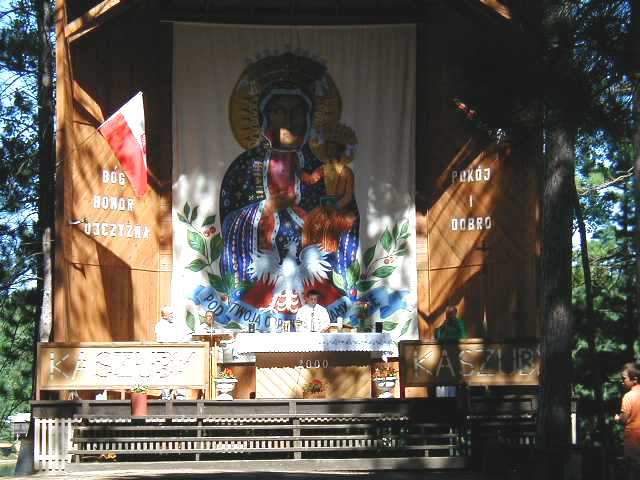
Polonia – the present times
Polish emigration cannot be divided into economic or political reasons, because economic and political considerations played an important role in the decision of Poles to settle in various countries. They brought from Poland a deep patriotism that manifested itself in cultivating traditions, establishing various organizations and creating Polish culture. There is a long list of distinguished Poles who have enriched Canada’s culture. There are currently about a million Poles living in Canada, but there are many more people of Polish origin, about 1.5 million. In “Polish Kashubia” – in Barry’s Bay, the first Polish school and scouting were established, and in Vilnius, the first Polish parish. In 1972, a plaque was unveiled in Vilnius to commemorate the first Polish emigrants settling in this area. Today’s Kashubia is a center of Polish culture, where apart from churches, chapels, schools, scout stations there are two monuments of the “1000th anniversary” and “Gray Ranks”, and Polish cultural events are also organized.
Polish economic emigration concentrated in the provinces of Manitoba, Ontario, Saskatchewan and Alberta. The vast majority of them dealt with agriculture. Polish farms were located along the Canadian National Railways and Canadian Pacific Railway. The Polish urban population was concentrated mainly in Winnipeg, the capital of Manitoba, as well as in Toronto, Quebec and Montreal. On the one with several thousand the group consisted mostly of unskilled workers. In agricultural estates, the only form of organization of the Polish diaspora were parishes (about 30) with schools and various religious, educational and national associations. On the other hand, there were weak unions and organizations in cities – due to the lack of intelligence and funds. There was Sokół in Winnipeg, and Spójnia in Toronto, which developed educational and sports campaigns. The Polish press was represented by two weeklies “Gazeta Katolicka” and “Czas”. The only major Polish school was the parish school in Winnipeg.
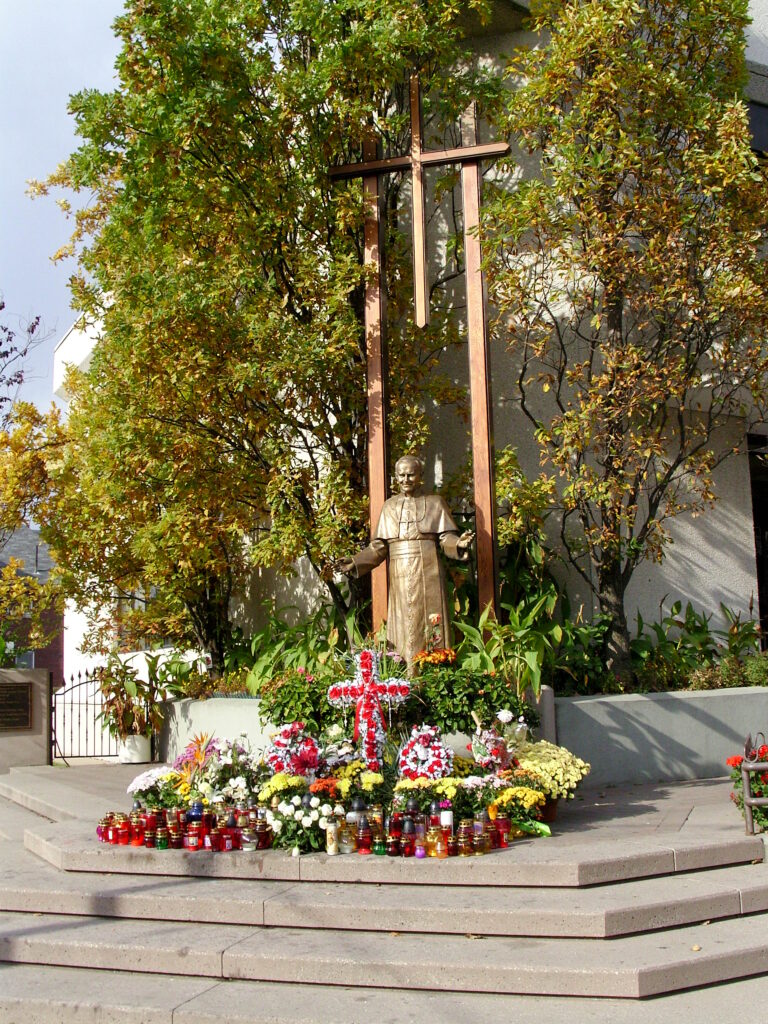
In 1944, the Canadian Polish Congress was established in Toronto. 152 organizations from across Canada joined it. There are the most Polish organizations, schools, six Catholic parishes and three other denominations. There are Polish libraries and bookstores, folklore groups, a theater, a symphony orchestra, shops and restaurants, and thousands of businesses owned by Polish people. Toronto and adjacent Mississauga host the most cultural events. Many writers, composers, painters, sculptors and great graphic artists work here. There are professionals among them, and there are also very talented amateurs.
Cultural events are held very often. These include: religious song festival, sailing song festival; book fairs; reviews of Polish cabarets. In 1999, the 1st Canadian Piano Competition Fr. Chopin at the Polish Cultural Center John Paul II in Mississauga, which was built in the 1990s with contributions from the Canadian Polish community.
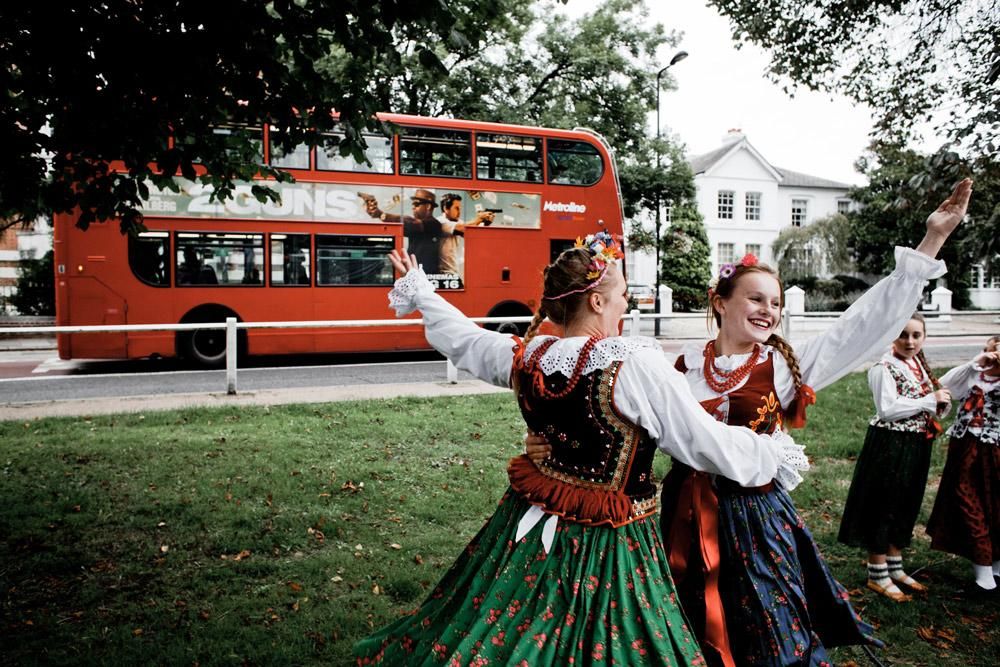
Promotion of Polish culture on Canadian soil also takes place through the mass media. There are daily or weekly radio programs: Radio Polonia, Polish Radio Toronto, Catholic Youth Studio and TV programs: TV Polish Studio and TV Z Ukosa. The press is published regularly: “Gazeta” – three times a week; “Union”, “Głos Polski”, “Goniec”, “Wiadomości” and “Życie” – weeklies.
Masses in Polish are held in churches of several dozen cities for the faithful of the Roman Catholic Church. The Polish National Catholic Church operates in Canada. Religious meetings of other faiths are also held in Polish.
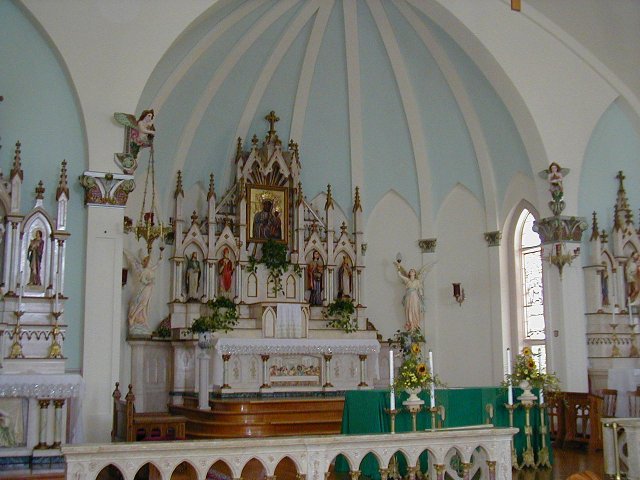
Outstanding Polish surnames in Canada
- Kuba Bryzgalski and Kazimierz Mir-Głaz – artist painters;
- Jerzy Kołacz – artist, painter, graphic artist;
- Wojciech Strahl – sculptor, graphic artist, photographer, poet;
- Justyna Dulny-Olszowy – artist painter;
- Andrzej Rozbicki – conductor, Music Director of the Symphony Orchestra – The Celebrity Symphony Orchestra;
- Maciej Jaśkiewicz – conductor, Music Director of the Polish-Canadian Music Society – The Toronto Sinfonietta;
- Mirosław Połatyński – actor, director of the ATLAS Stage Productions Canada theater;
- Kinga Mitrowska and Teresa Romanowska-Klimuszko – soprano singers;
- Ola Turkiewicz – composer and singer.
